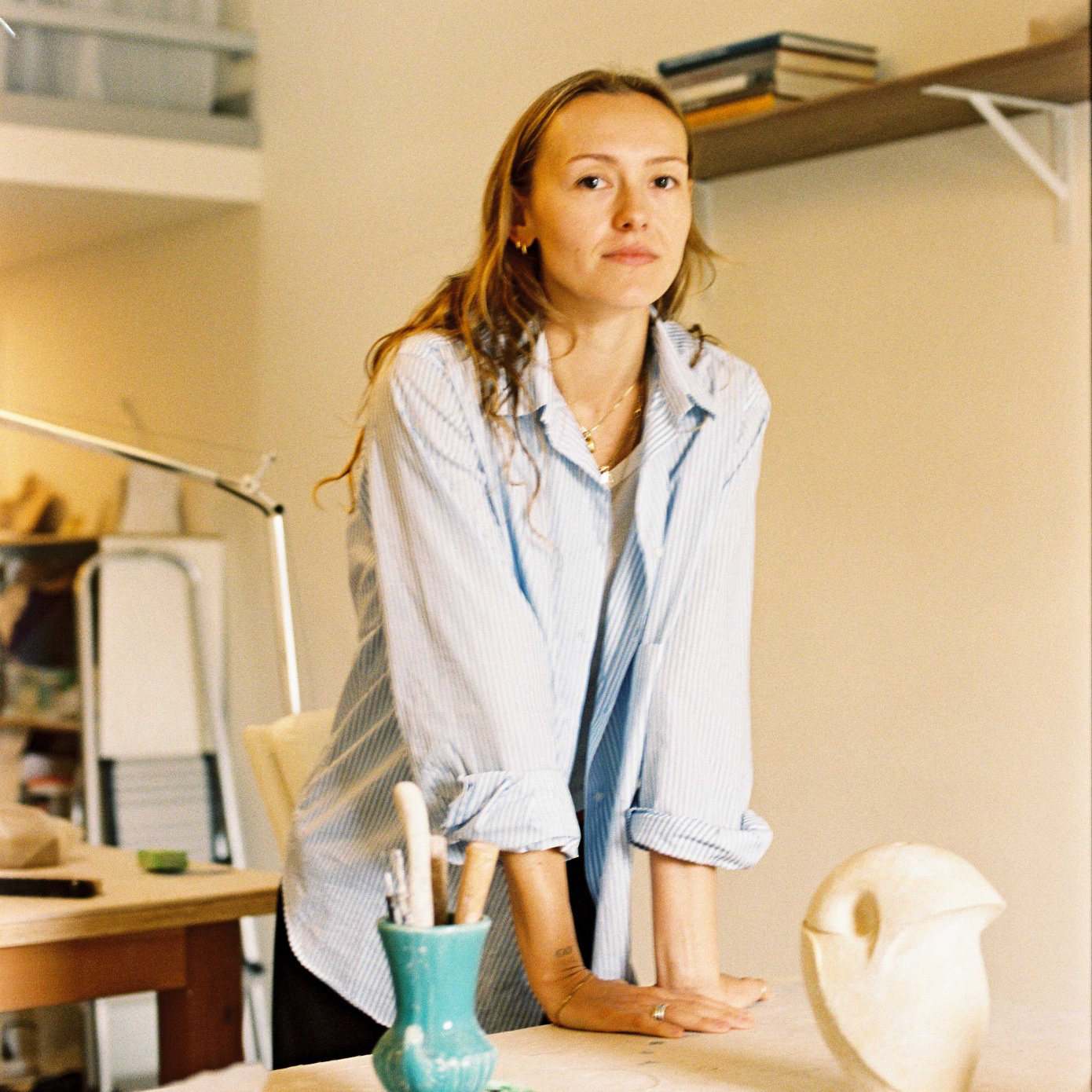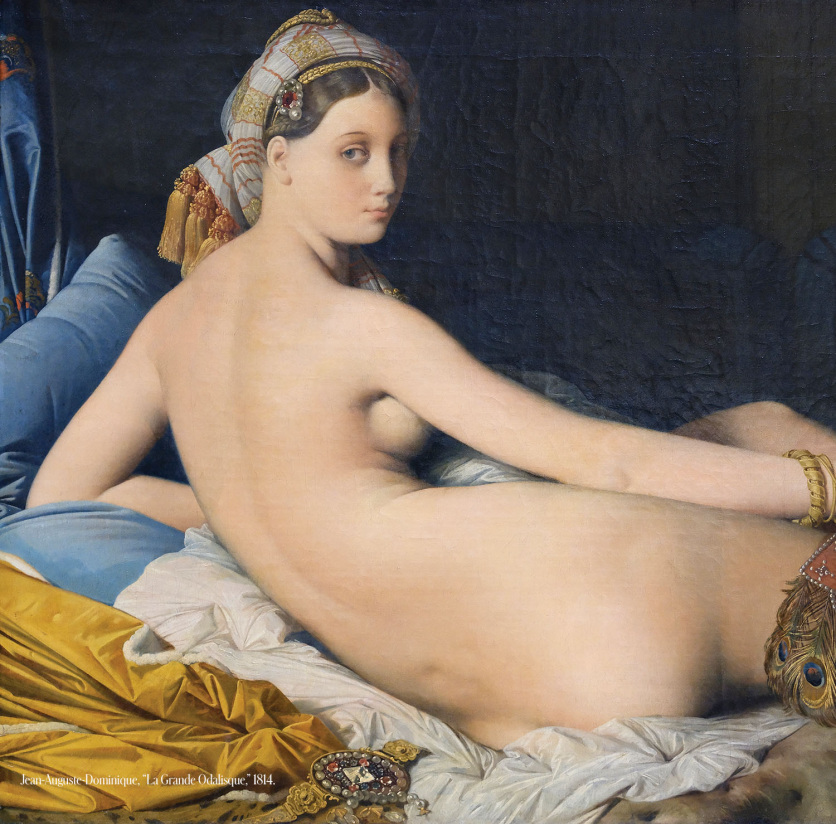Each year in late November, designers of all stripes pack up their studio practices and migrate south. It’s not the warmer weather that beckons—although the pallid New York set welcomes the extra dose of vitamin D—rather, it’s Design Miami, America’s most preeminent design exhibitions, that requires the trip. The event, which takes place alongside Art Basel, is not only an annual survey of work by the field’s leading minds; it’s a glimpse into the countless possible aesthetic futures that might await us. From jaw-dropping technological feats to high-concept furniture and intimate domestic objects, this year’s offering welcomes the usual suspects—name brand studios and galleries—while inducting a new vanguard of creators and crossover concepts into the fold.
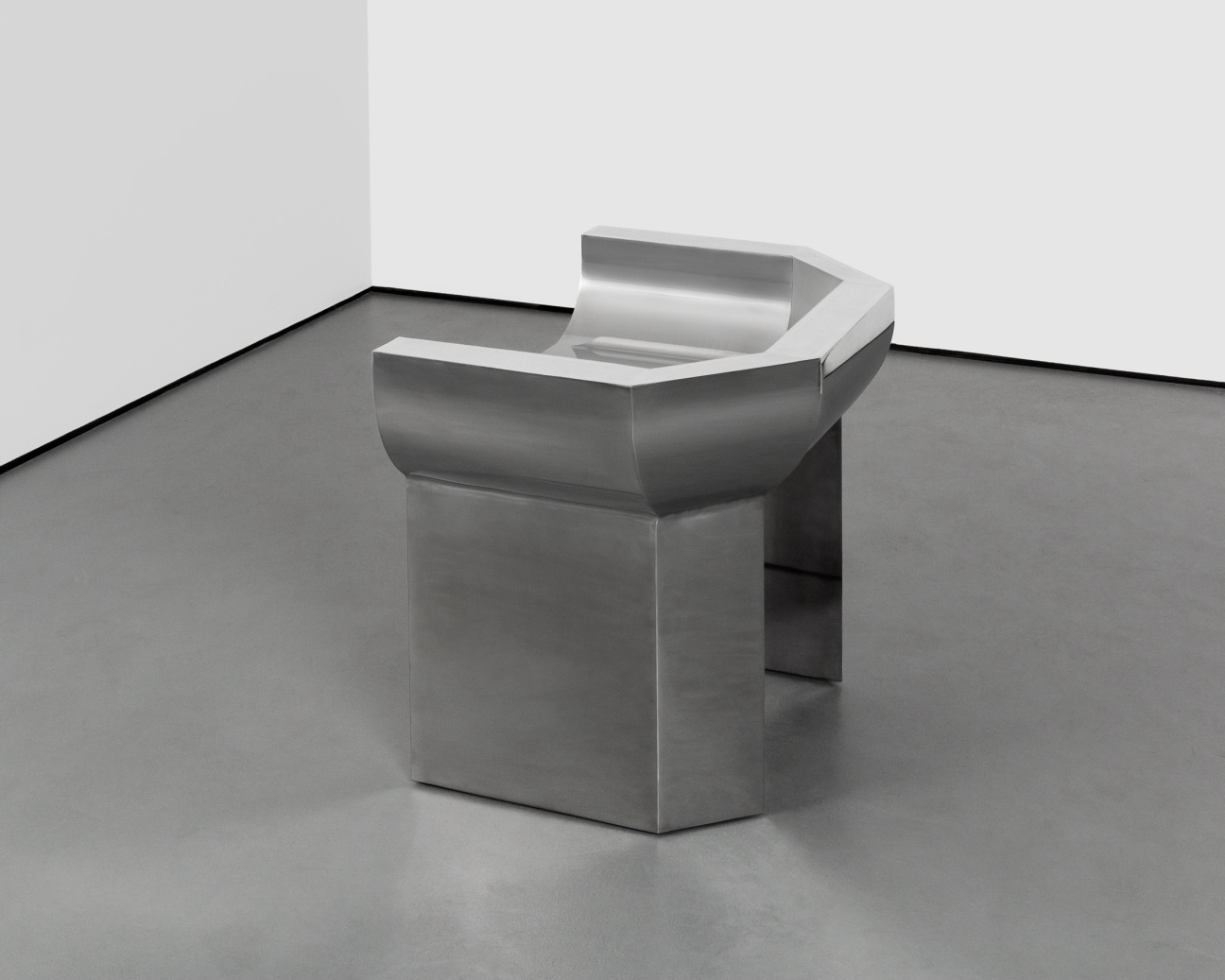
Curial, 2022 by Rick Owens
Carpenters Workshop Gallery
Brutalist, bronze, and bespoke: Design Miami offers something for viewers of all creative persuasions, and the Carpenters Workshop Gallery's radical display explores the intimate relationship between substance and process. New works from heavyweights like Martin Laforêt, Niko Koronis, and Aldo Bakker—rendered in concrete, resin, metal, ceramic, and stone—manage to defy the physical limitations imposed on their materials. A prime example is Rick Owens, a designer in all senses of the word, who revisited his signature Curial chair, reconstituting the structure in a twinkling polished aluminum that catches the eye immediately upon entering the fair.
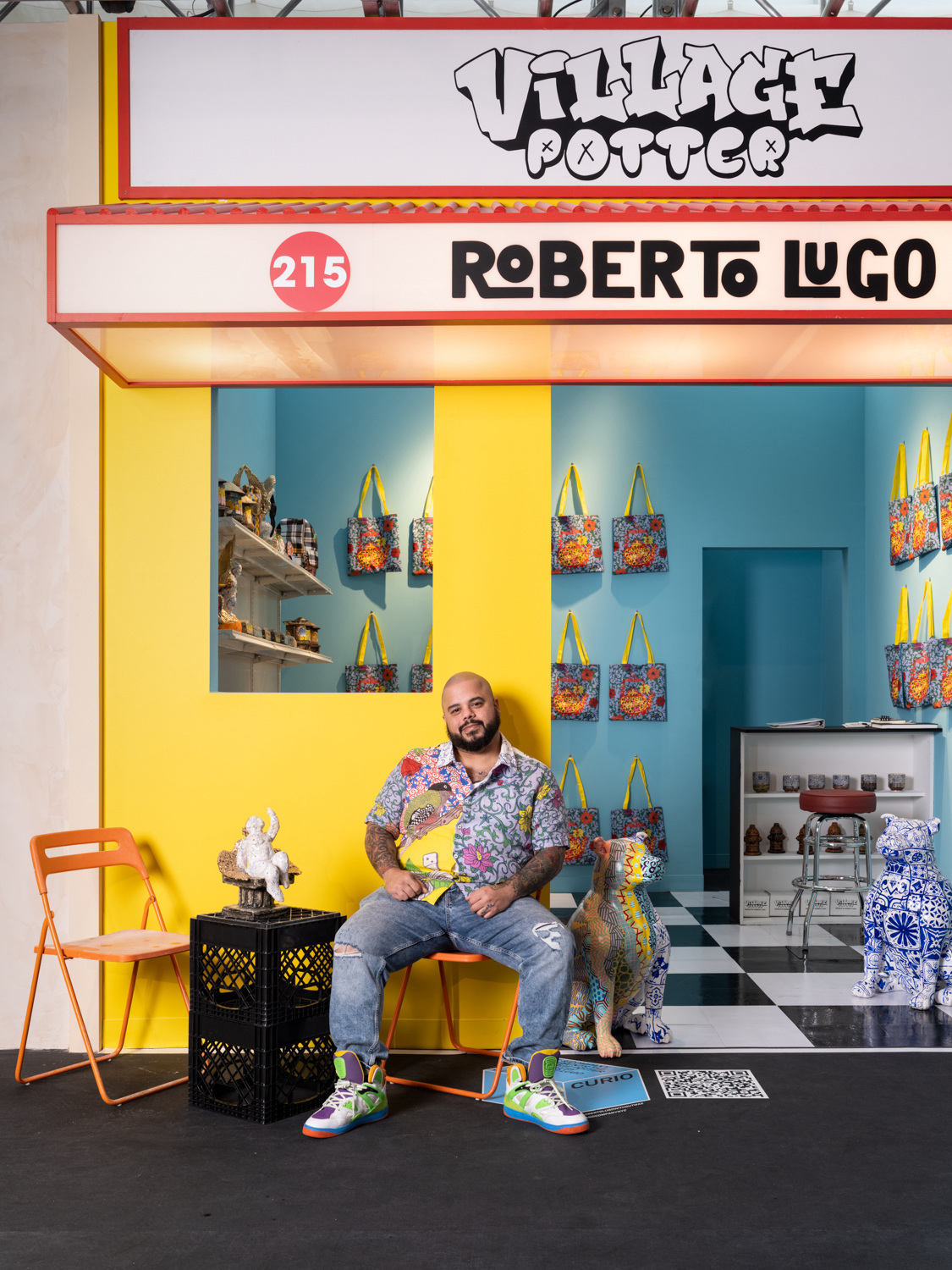
The Village Potter, 2022 by Robert Lugo
R & Company
Around the corner from R & Company's vast offering—where an 8-foot-square glazed foam throne by Hun Chung Lee sits beneath illuminated sculptures by Jeff Zimmerman—awaits Roberto Lugo's Village Potter pop-up. The first installation of its kind at Design Miami, Village Potter invites guests into a bodega-inspired outpost where the American ceramicist (who has a simultaneous exhibition on view at Wolfsonian–FIU) presents objects for use—drinking cups, butter dishes reminiscent of train cars, and coffee pour-overs—that reinforce the argument that art is for everyone. The installation is a physical manifestation of Lugo's digital platform, and an anchor of the fair that ties curation with commerce.
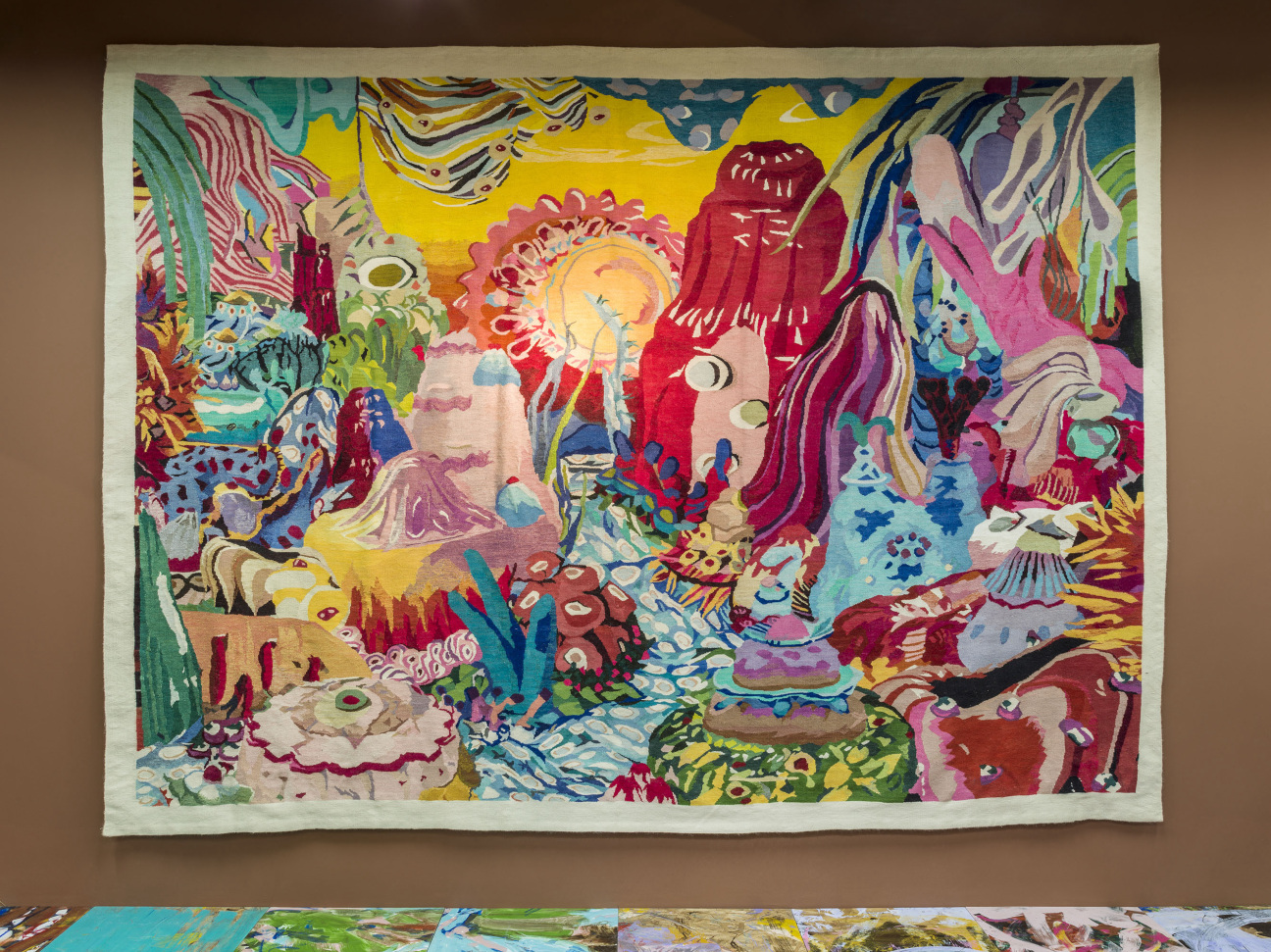
The Slippery Feel of Inevitability, 2016 by Misha Kahn
Friedman Benda
A gelatinous landscape greets visitors who venture into the Friedman Benda installation—and that is no figure of speech. The artwork by Misha Khan mirrors its maker’s maximalist sculptural assemblage practice in the form of a mesmerizing topography of sugary hills and jiggling streams. Two of Kahn’s jurassic aluminum stools bookend the array and, nearby, an absorbing seating arrangement by Darren Romanelli features two pieces upholstered in a camouflage pattern that, paradoxically, are hard to ignore.
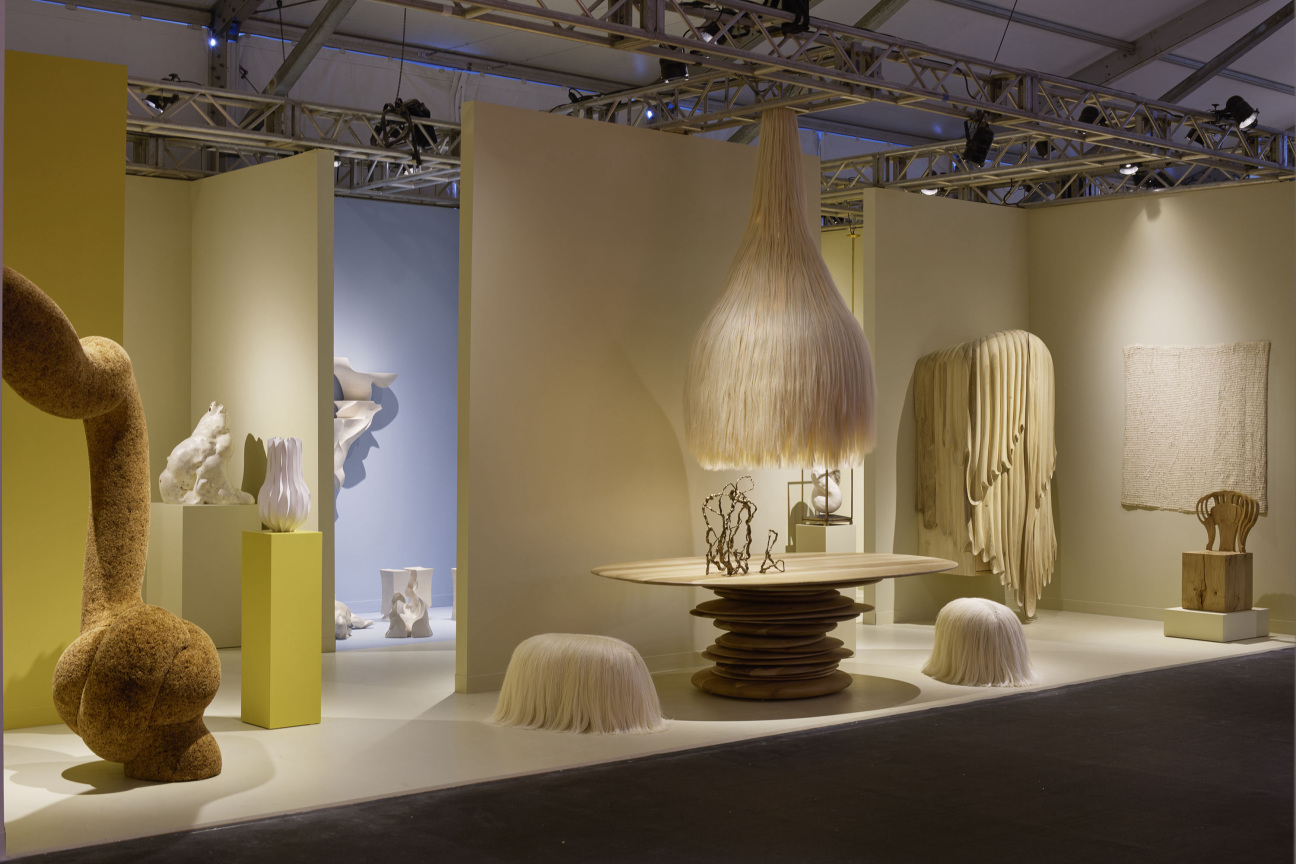
“Material Shores”
Sarah Myerscough Gallery
When it comes to group showings, Sarah Myerscough Gallery's exhibition "Material Shores" is one of the most directional of the season, which is likely the reason that the London outfit tied with New York’s Magen H Gallery for the coveted award of Best Gallery Presentation. Reflecting the gallery’s devotion to spotlighting design based on the natural world, the presentation features a collective of artists that champion innovative, sustainable, and restorative practices. Perhaps most striking is Angela Damman's eco-contemporary chandelier handcrafted with sansevieria plant fiber, which looms over two hairy blonde sisal fiber benches by Fernando Laposse.
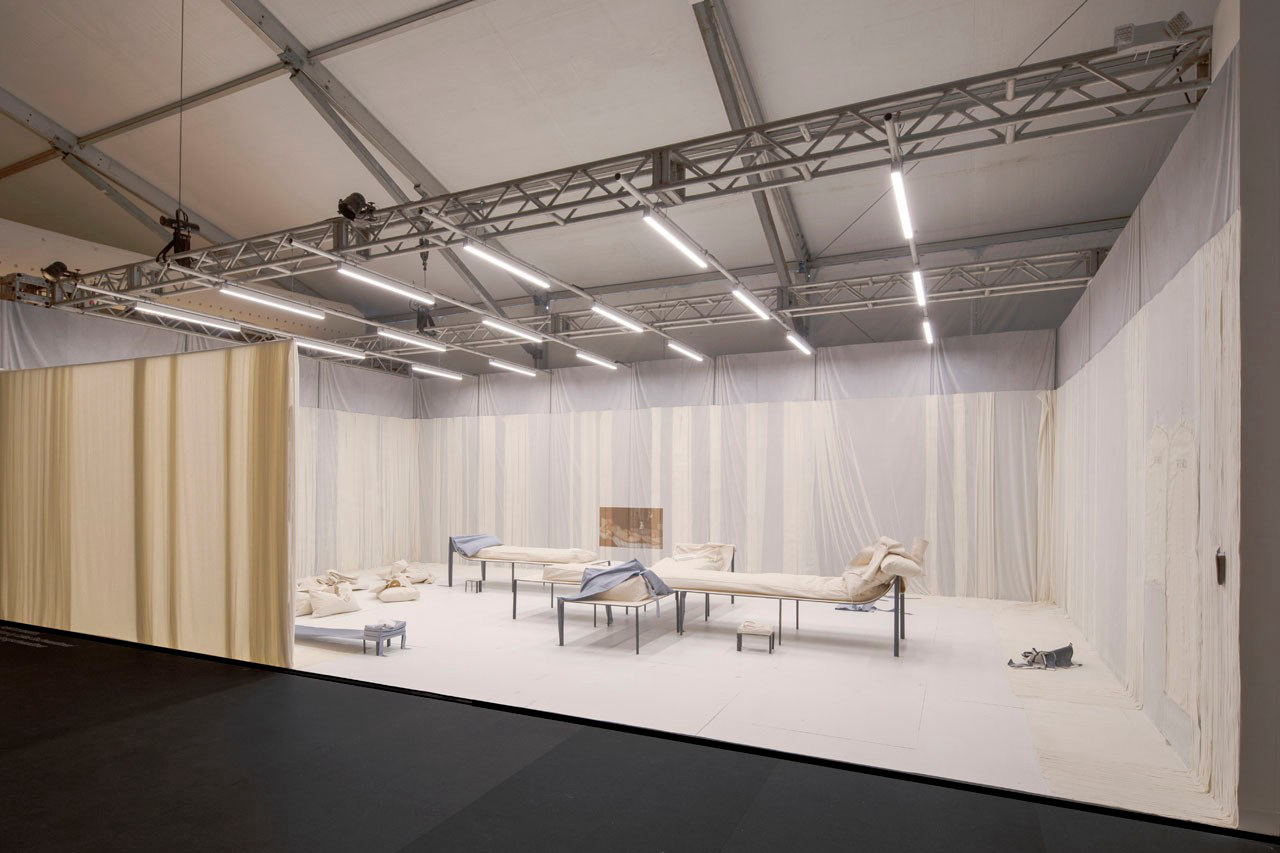
Triclinium by Lukas Gschwandtner
Fendi
Lukas Gschwandtner can hardly contain his excitement as he walks through his own eye-catching Fendi presentation. Unlike the obviously dazzling seating arrangements on view elsewhere at the fair, those in the Vienna-based artist’s booth must be explained. Inspired by the postures in ancient Roman fresco portraits, with their muses sprawled across decadent thrones, Gschwandtner dreamt up a triclinium—that is, a Roman-style dining room of chaise longues— accessorized with the deconstructed materials of a Fendi Peekaboo handbag. The installation, aptly titled Triclinium, is completed with a video, in which the artist explains how to “wear” each piece.
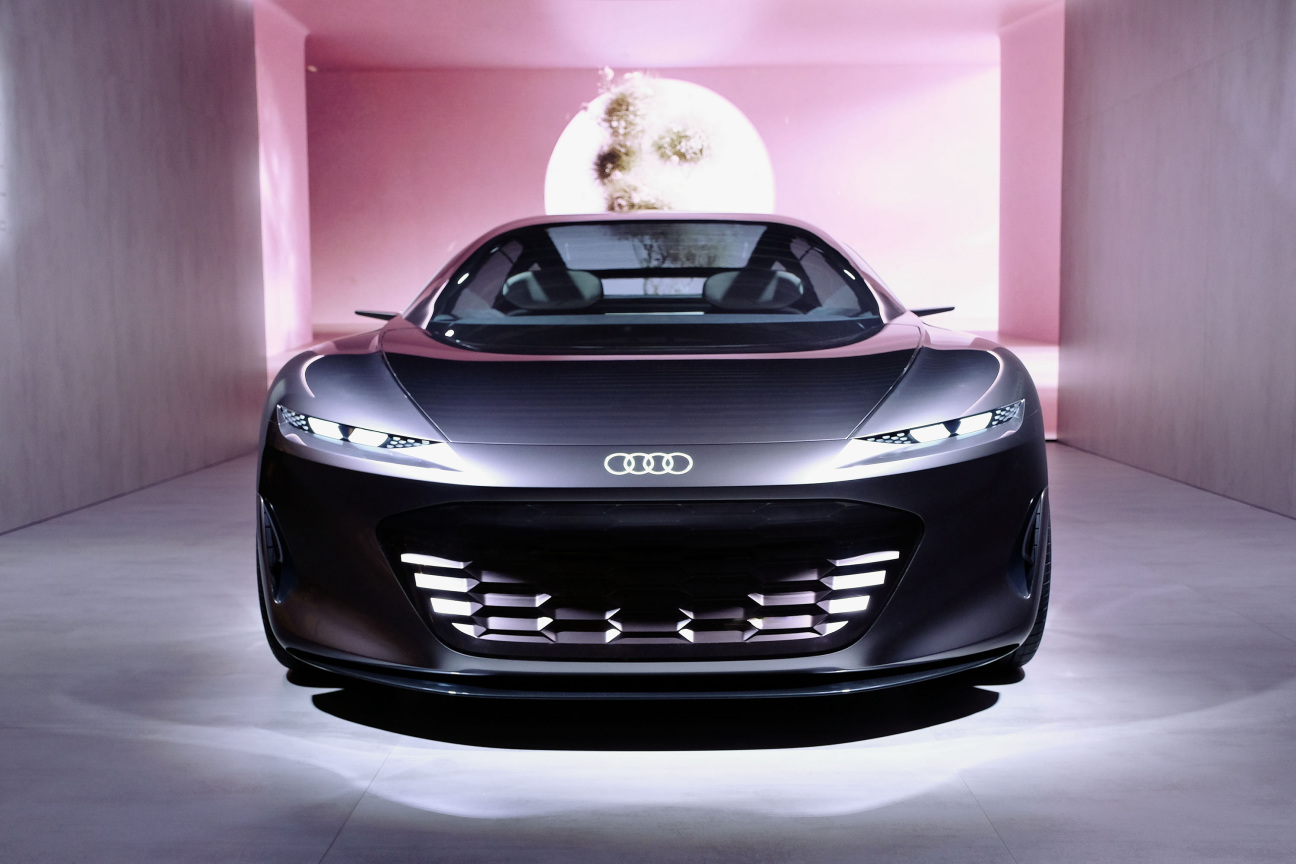
Andrés Reisinger
Audi
As a co-presenter of the event, Audi debuts a transportative digital work by Andrés Reisinger inspired by the car manufacturer’s Grandsphere concept. Following other experiential projects of the week that toggle between the tangible now and the abstract future of design, the collaboration explores freedom—not only as a concept, but as a choice. The Argentinian digital artist’s work fills the space, shifting rapidly from chaotic, wondrous worlds to barren minimalist landscapes. At the heart of the screening is Audi’s concept vehicle, which was imagined by the brand’s designer Immo Redeker and his team to pose a question: If a car weren’t just for driving, what would it look like and where would it go? With Reisinger’s portals of color thundering through the presentation space, the answer is clear: anywhere.
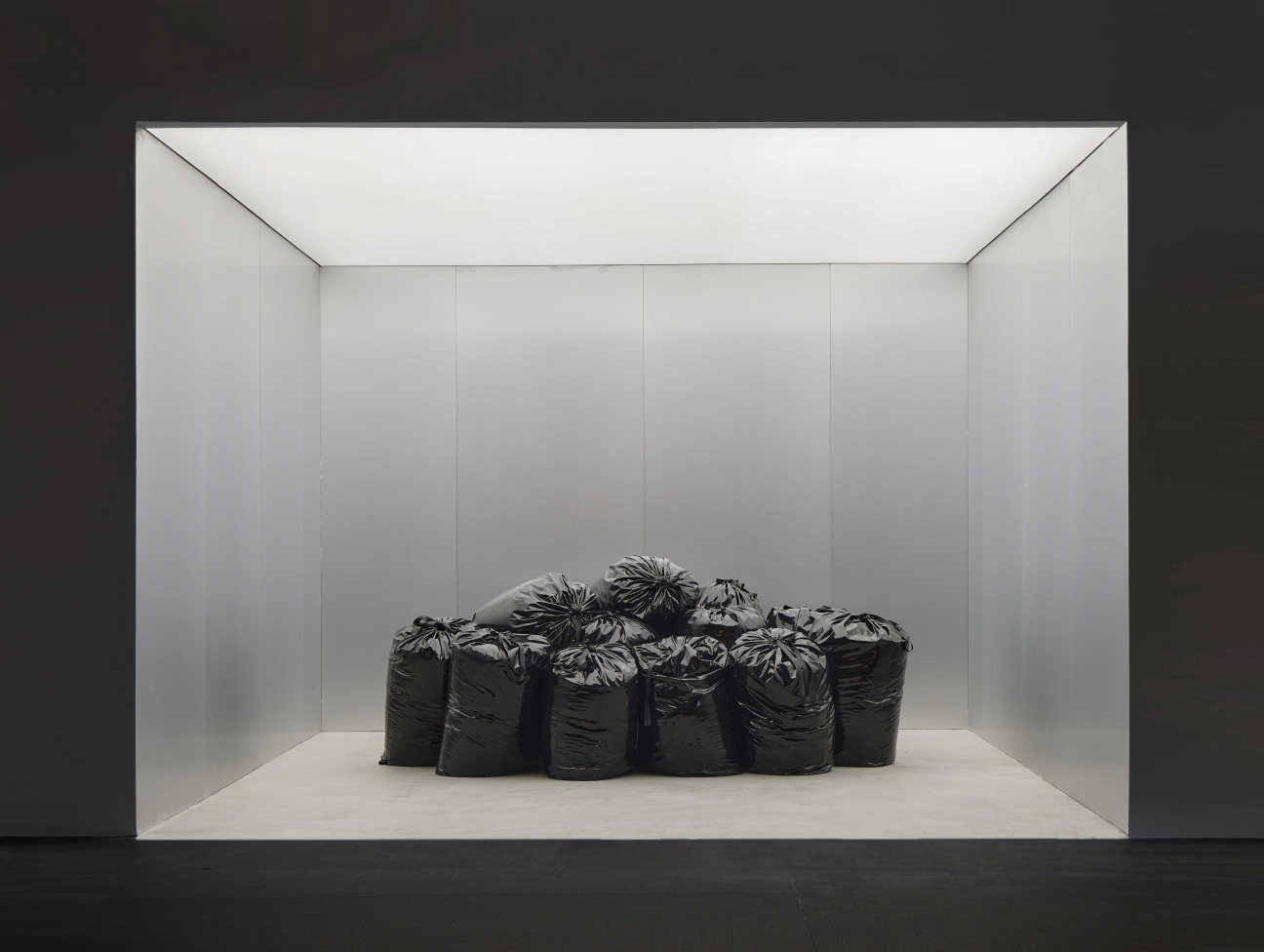
The Trash Bag Sofa, 2022 by Harry Nuriev
Crosby Studios
Everyday, the magnitude of waste we create becomes increasingly difficult to ignore. While some design firms have responded by changing their means of sourcing and production, Harry Nuriev, the founder of Crosby Studios, isn’t beating around the bush. Building off his viral moments of Design Miamis past, the architect and designer’s sixth presentation is The Trash Bag Sofa, which is built from exactly what you’d expect: garbage. Resembling Hefty’s black trash bags that are to be discarded, Nuriev’s sofa is imbued with a Surrealist humor that begs a question that every artist confront must at some point in their career: Is it treasure, or is it trash?

A$AP Rocky’s Hommemade
Gufram
Having mastered the art of the studio recording, A$AP Rocky has set his sights on a new frontier: design. This year, the musician joined forces with the Italian radical brand Gufram to create his own take on the brand’s signature CACTUS design, an object that will become the first offering of his newly launched studio, Hommemade. The debut of the candy-colored polyurethane plant, adorned with bright hand-painted mushrooms, marks the beginning of a new chapter for the intrepid artist.
Design Miami is open to the public until December 4, 2022 at the Miami Beach Convention Center.


